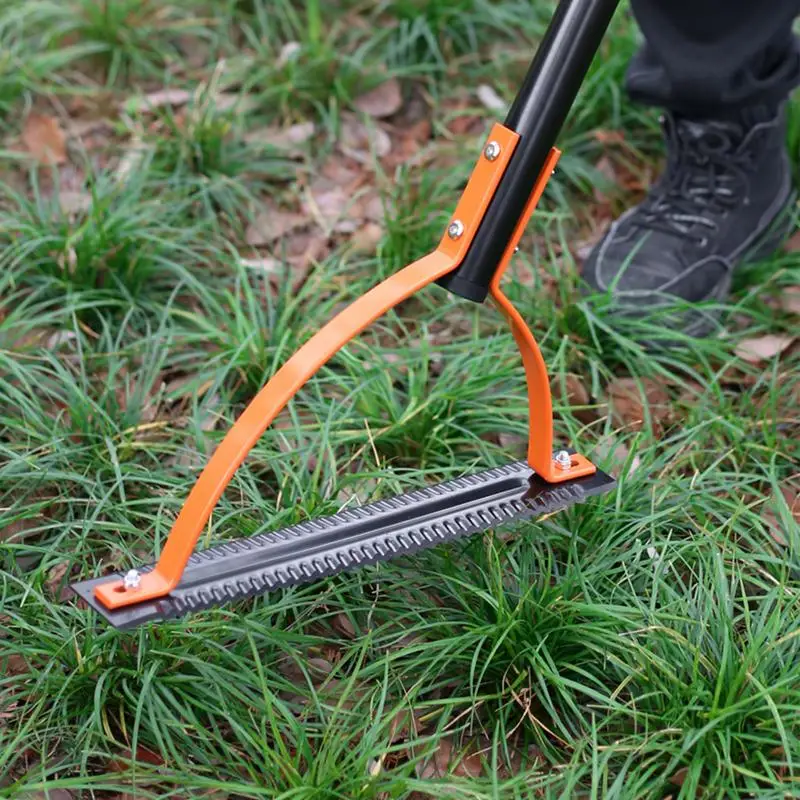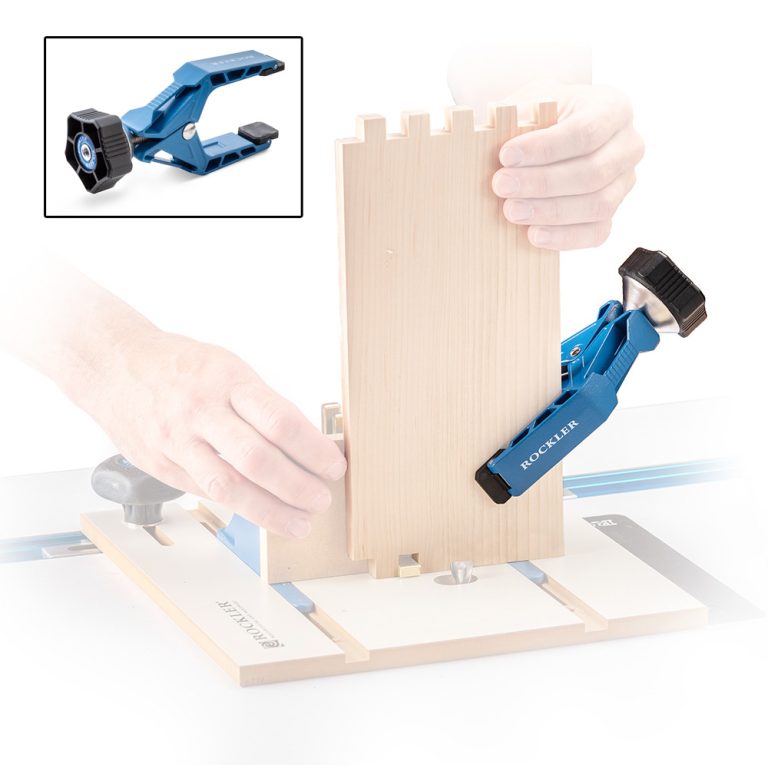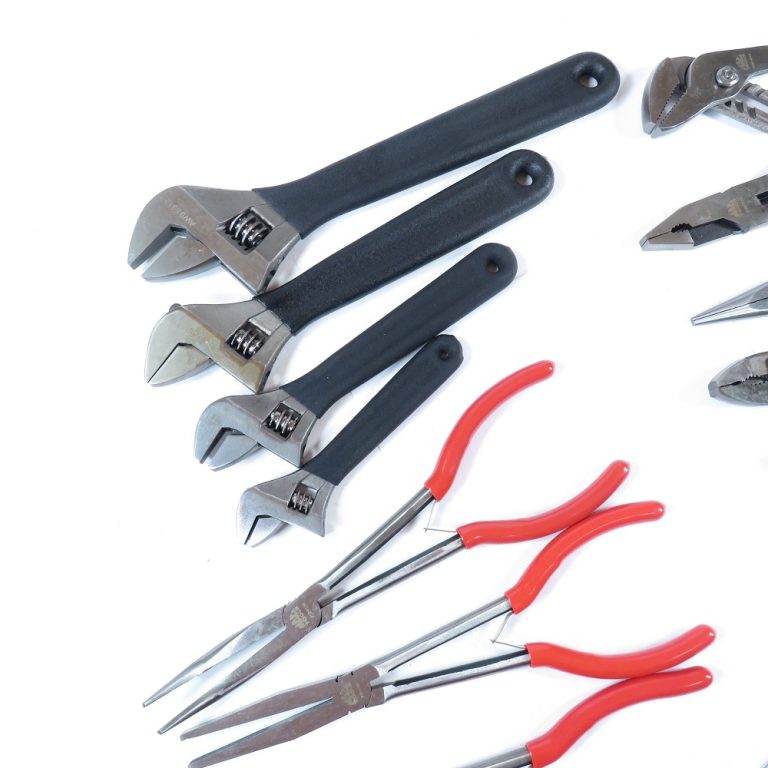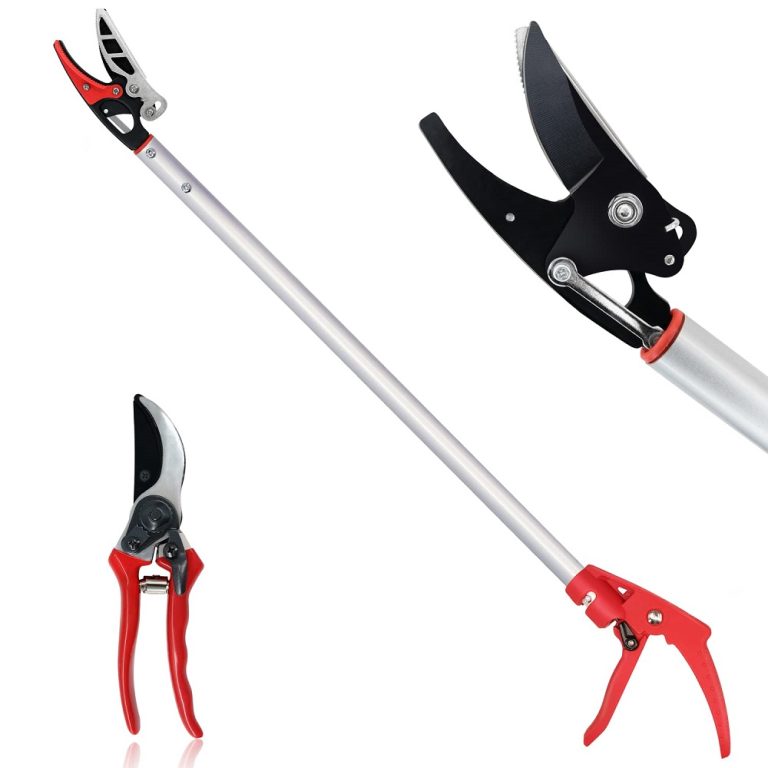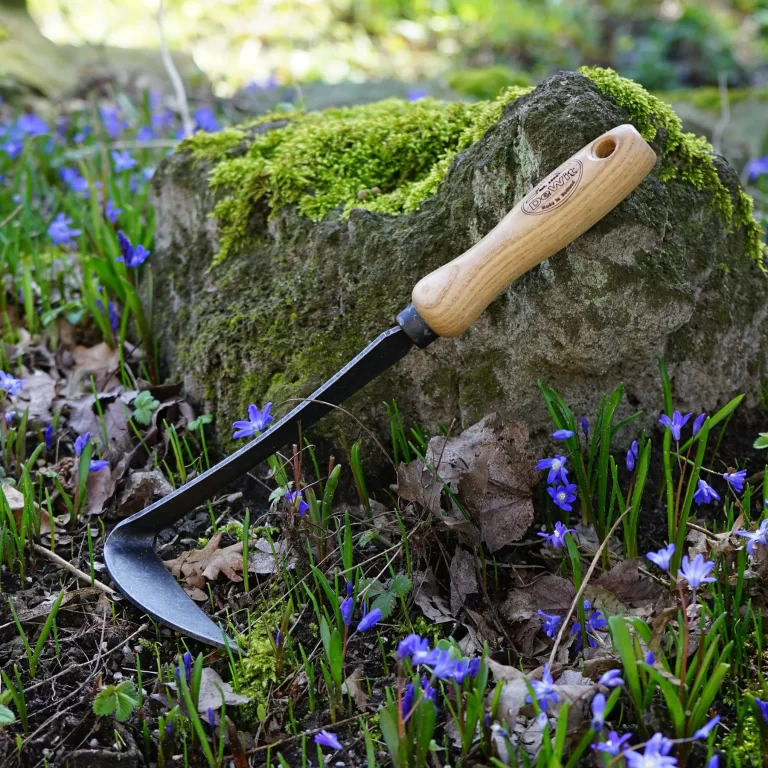What Are Weed Cutter Hand Tools?
Weed cutter hand tools are manual gardening implements. They remove unwanted plants from gardens and lawns. These tools come in various designs and sizes. Weed cutter hand tool offer precise control for targeted weed removal. They provide an eco-friendly alternative to chemical herbicides.
The Importance of Weed Cutter Hand Tools
Weed cutters play a crucial role in garden maintenance. They help maintain the health and appearance of plants. These tools allow for selective weed removal. Weed cutters reduce competition for nutrients and water. They improve the overall aesthetics of gardens and landscapes.
Types of Weed Cutter Hand Tools
Hoe
Hoes feature a flat blade attached to a long handle. They work well for removing weeds with shallow roots. Gardeners use hoes to slice through weed stems at ground level. Hoes also help cultivate soil and create furrows for planting.
Hand Cultivator
Hand cultivators have multiple prongs or tines. They loosen soil and uproot small weeds. These tools work well in tight spaces between plants. Hand cultivators also aerate soil and break up clumps.
Weeding Knife
Weeding knives have a sharp, angled blade. They excel at removing weeds with deep taproots. Gardeners use these tools for precise weed removal in small areas. Weeding knives also work well for dividing perennials.
Dandelion Weeder
Dandelion weeders feature a forked tip and long handle. They target weeds with long taproots, like dandelions. Gardeners insert the tool next to the weed and leverage it out. Dandelion weeders minimize soil disturbance during weed removal.
Cape Cod Weeder
Cape Cod weeders have a triangular-shaped blade. They work well for weeding in tight spaces and corners. These tools allow for precise cutting at various angles. Cape Cod weeders excel at removing weeds from cracks and crevices.
Collinear Hoe
Collinear hoes have a thin, sharp blade parallel to the ground. They slice through weed stems with minimal soil disturbance. These tools work well for removing small annual weeds. Collinear hoes allow for quick, efficient weeding in vegetable gardens.
Choosing the Right Weed Cutter Hand Tool
Consider Garden Type
Different gardens require different weed cutter tools. Vegetable gardens benefit from hoes and hand cultivators. Rock gardens may need specialized tools like Cape Cod weeders. Match the tool to the specific needs of the garden.
Assess Weed Types
Identify the most common weeds in the garden. Choose tools that effectively target those specific weeds. Deep-rooted weeds require different tools than shallow-rooted ones. Select a variety of tools to address various weed types.
Evaluate Handle Length
Consider personal comfort and reach requirements. Long-handled tools reduce bending and back strain. Short-handled tools offer more precision in tight spaces. Choose handle lengths that suit individual needs and garden layouts.
Material Quality
Opt for durable materials like stainless steel or carbon steel. Quality materials resist rust and maintain sharpness longer. Wooden handles should be smooth and splinter-free. Invest in well-constructed tools for longevity and performance.
Ergonomic Design
Look for tools with comfortable grips and ergonomic handles. Padded grips reduce hand fatigue during extended use. Curved handles can provide better leverage for certain tasks. Choose tools that feel comfortable and natural to use.
Proper Use of Weed Cutter Hand Tool
Hoe Technique
Hold the hoe at a shallow angle to the ground. Use short, chopping motions to slice through weed stems. Avoid digging too deeply, which can damage plant roots. Work systematically across garden beds for efficient weeding.
Hand Cultivator Method
Grip the cultivator firmly and work it through the soil surface. Use a back-and-forth motion to loosen soil and uproot weeds. Be careful around delicate plant roots. Remove uprooted weeds by hand after cultivation.
Weeding Knife Approach
Insert the knife blade next to the weed’s main stem. Angle the blade slightly and push it deep into the soil. Leverage the weed out using the tool as a fulcrum. Remove the entire root system to prevent regrowth.
Dandelion Weeder Strategy
Position the forked end next to the dandelion’s center. Push the tool deep into the soil at an angle. Apply leverage to pop the weed out of the ground. Ensure removal of the entire taproot for effective control.
Cape Cod Weeder Technique
Hold the tool with the blade parallel to the ground. Use a push-pull motion to slice through weed stems. Work carefully around desired plants to avoid damage. Use the pointed tip for precision weeding in tight spaces.
Collinear Hoe Usage
Hold the hoe with the blade parallel to the soil surface. Use a back-and-forth scraping motion to cut weed stems. Work with light pressure to avoid soil disturbance. Cover large areas quickly with long, smooth strokes.
Maintaining Weed Cutter Hand Tools
Cleaning
Clean tools after each use to remove soil and debris. Use a stiff brush or cloth to wipe down blades and handles. Rinse tools with water if necessary, then dry thoroughly. Clean tools prevent rust and maintain performance.
Sharpening
Keep blades sharp for efficient cutting and reduced effort. Use a file or sharpening stone to maintain blade edges. Follow the original bevel angle when sharpening. Sharp tools make weeding tasks quicker and easier.
Storage
Store tools in a dry, protected area to prevent rust. Hang tools on a pegboard or store in a garden toolbox. Apply a light coat of oil to metal parts for added protection. Proper storage extends the life of weed cutter tools.
Handle Care
Inspect wooden handles regularly for cracks or splinters. Sand rough spots on wooden handles to prevent blisters. Apply linseed oil to wooden handles to prevent drying and cracking. Well-maintained handles ensure comfortable and safe use.
Repair and Replacement
Replace loose or damaged tool heads promptly. Tighten loose screws or rivets as needed. Replace cracked or broken handles for safety. Properly maintained tools last longer and perform better.
Benefits of Using Weed Cutter Hand Tools
Eco-Friendly Weed Control
Hand tools eliminate the need for chemical herbicides. They provide targeted weed removal without harming the environment. Weed cutters support organic gardening practices. These tools promote sustainable landscaping methods.
Precision and Selectivity
Hand tools allow for precise weed removal around desired plants. Gardeners can selectively target weeds without damaging crops. This precision is especially valuable in ornamental gardens. Hand tools offer greater control than chemical or mechanical methods.
Cost-Effective Solution
Weed cutter hand tools provide a one-time investment. They eliminate ongoing expenses for herbicides or fuel. Hand tools require minimal maintenance costs. They offer an economical approach to long-term weed control.
Physical Exercise
Using hand tools provides moderate physical activity. Gardeners benefit from improved strength and flexibility. Weeding becomes a form of low-impact exercise. Hand tool use promotes overall health and well-being.
Quiet Operation
Hand tools operate silently, unlike power equipment. They allow for peaceful gardening experiences. Quiet tools respect neighbors and local noise regulations. Hand tools enable early morning or late evening gardening sessions.
Challenges of Weed Cutter Hand Tools
Time and Effort
Manual weeding can be time-consuming for large areas. Hand tools require more physical effort than power equipment. Regular maintenance is necessary for optimal performance. Some gardeners may find hand weeding tedious.
Learning Curve
Each tool requires specific techniques for effective use. Gardeners must learn proper body mechanics to avoid strain. Identifying the best tool for each weed type takes practice. Mastering hand tool use requires patience and experience.
Limited Reach
Hand tools may not easily access all areas of the garden. Tall weeds or dense growth can hinder tool effectiveness. Some tools have limited reach, requiring bending or kneeling. Gardeners with mobility issues may face challenges.
Weather Dependence
Wet soil conditions can make hand weeding difficult. Extremely dry soil may resist tool penetration. Gardeners must time weeding tasks with suitable weather. Hand tools may be less effective in certain soil conditions.

Weed Cutter Hand Tools in Sustainable Gardening
Promoting Biodiversity
Hand weeding allows for selective plant removal. Beneficial wild plants can be preserved while removing invasives. This approach supports local ecosystems and pollinators. Hand tools enable nuanced garden management.
Soil Health Preservation
Manual weeding minimizes soil disturbance compared to tilling. It helps maintain soil structure and beneficial microorganisms. Hand tools reduce erosion risks in garden beds. They support overall soil health and fertility.
Water Conservation
Removing weeds by hand reduces competition for water. It allows more efficient irrigation of desired plants. Hand tools don’t require water for operation like some equipment. They support water conservation efforts in gardening.
Composting Integration
Hand-pulled weeds can be easily added to compost piles. This practice returns nutrients to the garden ecosystem. It reduces green waste sent to landfills. Hand weeding supports closed-loop gardening systems.
Weed Cutter Hand Tools for Different Garden Types
Vegetable Gardens
Hoes and hand cultivators excel in vegetable gardens. They allow for weeding between closely spaced crop rows. These tools help maintain loose soil for root crops. Regular use prevents weed competition with vegetables.
Flower Beds
Precision tools like Cape Cod weeders work well in flower beds. They allow for careful weeding around delicate plants. Hand cultivators help maintain soil texture between flowers. These tools preserve the aesthetics of ornamental gardens.
Lawns
Dandelion weeders and weeding knives suit lawn maintenance. They target individual weeds without disturbing grass. These tools work well for removing deep-rooted lawn weeds. They help maintain a uniform, weed-free lawn appearance.
Rock Gardens
Specialized tools like crack weeders suit rock garden maintenance. They access weeds growing between stones and pavers. Long-handled tools help reach difficult areas in rock gardens. These tools preserve the structural integrity of rock landscapes.
Container Gardens
Small hand cultivators and weeding knives work well in containers. They allow for precise weeding in limited soil volumes. These tools help maintain soil aeration in pots. They support healthy growth of container plants.
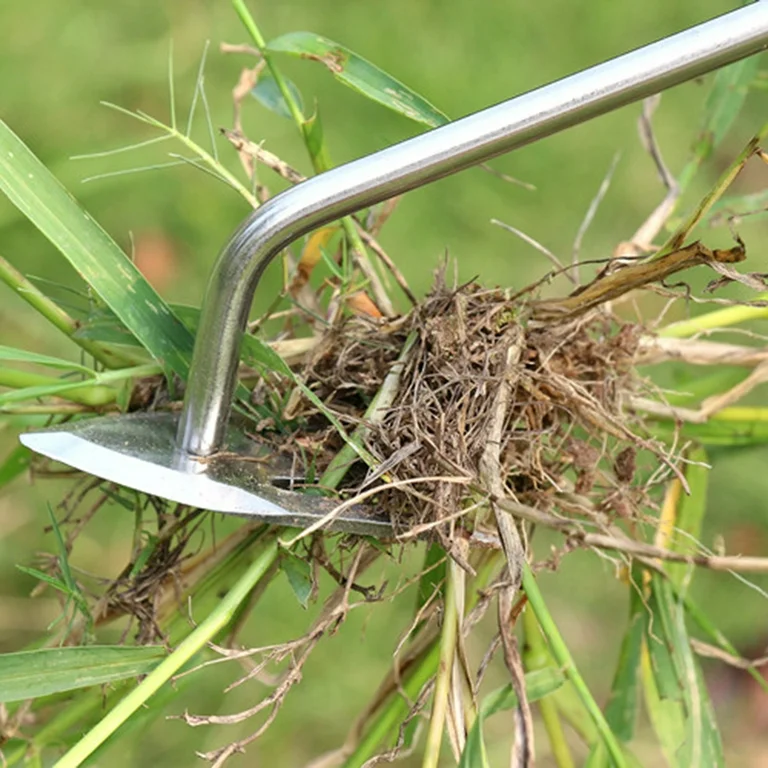
Conclusion
Weed cutter hand tools offer effective, eco-friendly garden maintenance solutions. They provide precision, control, and sustainability in weed management. Various tool types suit different garden needs and personal preferences. Proper selection, use, and maintenance of hand tools enhance gardening experiences. As gardening practices evolve, weed cutter hand tools remain valuable implements. They connect gardeners directly with their plants and soil. Weed cutter hand tools support healthy, beautiful, and sustainable gardens for years to come.

